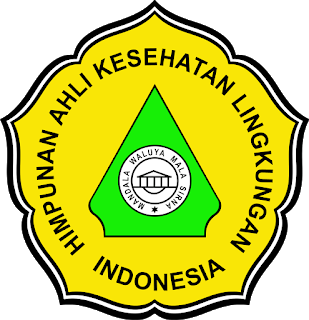|

Accredited by
Ministry of Research and Technology of Higher Education of Indonesia
Himpunan Ahli Kesehatan Lingkungan Indonesia
MEDIA SULOLIPU TERINDEX
Media Reference Manager
Plagiarism Check
didukung oleh:
Himpunan Ahli Kesehatan Lingkungan Indonesia

















